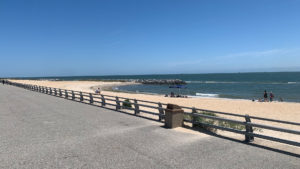Welcome to the Fort
With a long history, Fort Monroe has witnessed some of our nation’s most significant events. Located at the mouth of the Chesapeake Bay you can enjoy the panoramic waterfront views, nature trails, historic homes and buildings, restaurants, and beaches. Today, through a partnership between the National Park Service, Fort Monroe Authority and the City of Hampton, Fort Monroe continues to be a wonderful place to live, work, play, and learn.
Time Immemorial
For time immemorial, Indigenous tribes of the Powhatan Chiefdom called this land Tsenacommacah. This land and its waterways were of strategic importance to monitor water traffic, lookout for enemies, and as a place for trade and harvesting foodstuffs. At the end of the 1500s, Paramount Chief Wahunsenacawh established communication lines so the 33 tribes of the Chiefdom could share information, pursue war, and conduct diplomacy beyond the Chesapeake region in order to secure the constantly shifting boundaries of their vast domain.

Early Fortifications

In 1607, English colonists arrived on this spit of land and called it Point Comfort. The English realized its strategic importance and built a series of forts to protect Jamestown and the Virginia colony from attack and water invasions.
Fort Algernourne was the first fort constructed on Point Comfort in 1609. It was designed to warn Jamestown, 30 miles upriver, of any approaching enemy ships. Three years later, a fire destroyed all of Fort Algernourne, and although reconstruction was attempted multiple times, by the end of the century the colonists stopped rebuilding the fort. Ships carrying trade goods were required to stop at Point Comfort before entering Hampton Roads. In 1619, the English privateer, White Lion arrived, carrying the first enslaved Africans to Virginia, where they were traded for supplies.
Fort George was the first brick fort constructed in 1728, but was destroyed by a hurricane twenty years later. The site was not fortified again until after the American Revolution, however it continued to be important for commerce and trade. The Old Point Comfort Light (lighthouse), the oldest permanent structure still standing, was built in 1802, and a full-time keeper was assigned to ensure approaching ships could be forewarned of the hazards within the Hampton Roads waterways.
Coastal Defense
There was an urgent need to build a strong fortification on this strategic site after the newly created United States was attacked by the British in 1812. In 1819, construction of Fort Monroe began as part of a network of coastal defenses, known as the third system of U.S. fortifications. It was the largest masonry fort ever constructed in the United States, and one of only a few in the country surrounded by a moat. It was designed with seven fronts and seven bastions from which over 400 artillery pieces could be mounted. Many large guns were placed in casemates (covered rooms to protect guns) and atop the ramparts. Due to the size and importance of Fort Monroe it became a training site for the School of Artillery Practice in the 1840s.

A Living Legacy

Fort Monroe was fortified extensively during the Civil War and was held by the Union Army throughout the conflict. Although never attacked, several important events occurred such as the 1861 Contraband Decision and the planning of the 1862 Peninsula Campaign. Known as Freedom’s Fortress thousands of self-emancipating individuals came to the area. Many supported the war efforts through work and service in the Army and Navy. Camp Hamilton, in present day Phoebus, increased in size quickly and Fort Monroe became an important logistical hub, providing transportation of equipment and troops to and from the area as well as building extensive hospital facilities to treat the wounded from nearby battles.
Fort Monroe continued to be strategically important in the ensuing decades. It was home of the Coast Artillery Corps, and its guns were permanently mounted in the new Endicott Batteries at the water’s edge. The fort was active during all major conflicts of the 20th Century. The U.S. Army Training and Doctrine Command was ultimately responsible for the transition of the site from the U.S. Government to the Commonwealth of Virginia. In 2011, Fort Monroe ceased to be a military post and shortly afterwards the Fort Monroe National Monument was established. Today, the 540-acres are managed through a partnership between the Fort Monroe Authority, the National Park Service, and the City of Hampton.
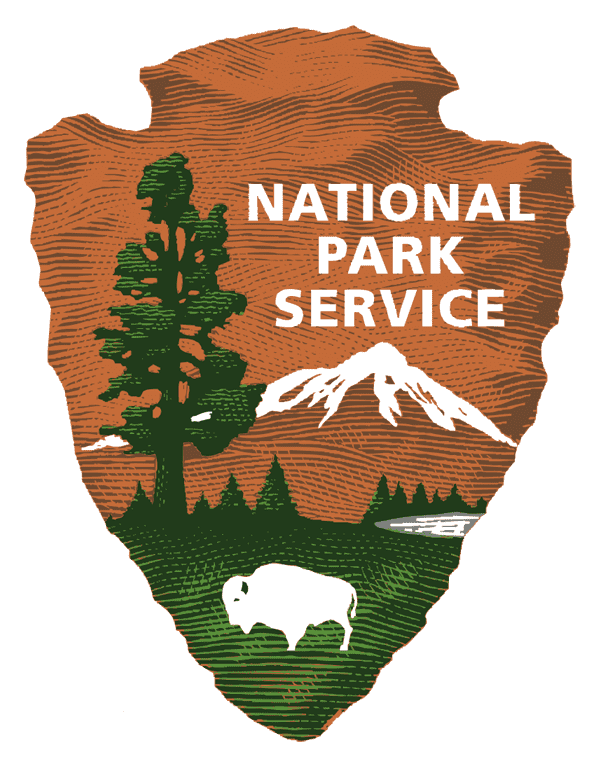
A Partnership Park
The Fort Monroe you enjoy today is the outgrowth of a beautiful partnership between the Fort Monroe Authority, the National Park Service. Together these organizations maintain selected portions of our 565 acre park, providing tourists and residents with pleasant experiences all year round.
At the Visitor & Education Center find national park passport cancellation stamps. Kids can ask for Junior Ranger Activity Books, and dog owners for BARK Ranger programs.
Places to Visit at Fort Monroe
- All
- Historic Sites
- Outdoor Fun
- Private Event Venue
- Venue

Colonies RV & Travel Park
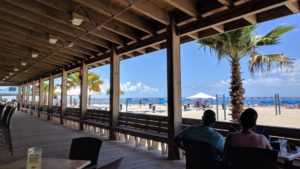
Paradise Ocean Club
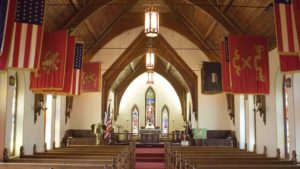
Chapel of the Centurion

Saint Mary Star of the Sea
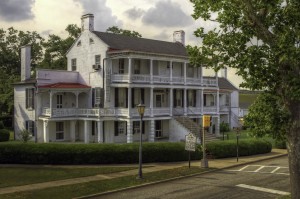
Building #1, Old Quarters
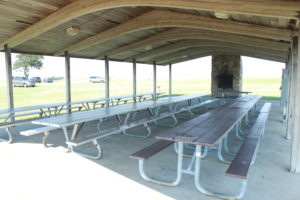
Picnic Areas
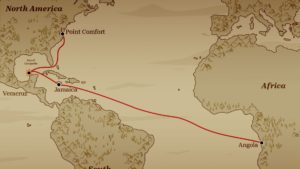
1619 African Landing Memorial
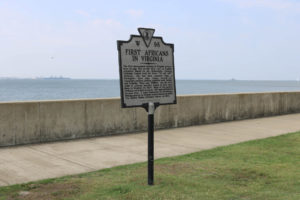
First Africans In Virginia Historic Marker
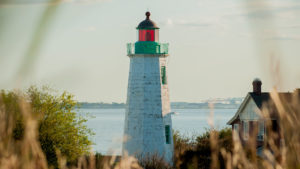
Old Point Comfort Lighthouse

Continental Park

Eco Tourism & Birdwatching
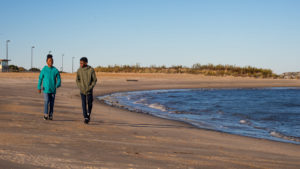
Embrace History and Nature Along the Seawall Trail at Fort Monroe
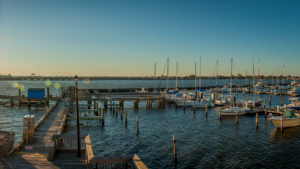
Marina
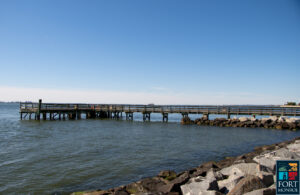
Fishing Pier
